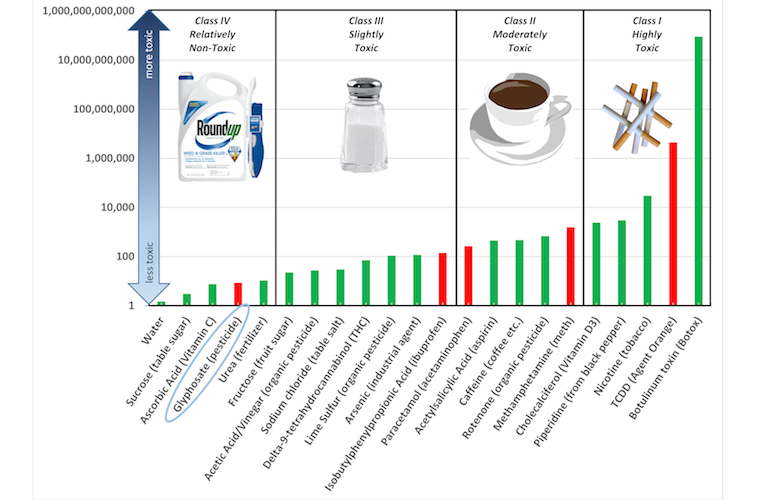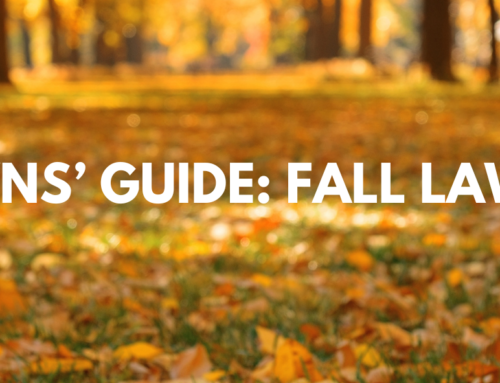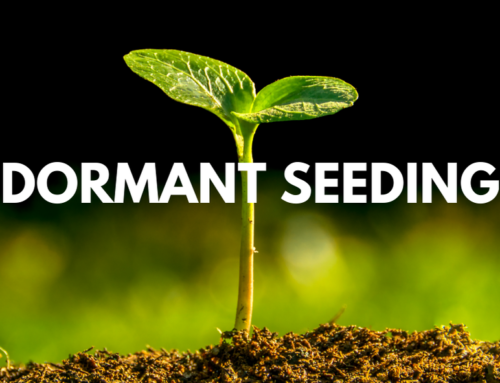Introduction
At ProLawns, we understand that a truly exceptional lawn is not just a visual masterpiece, but a sanctuary of safety and well-being. We’re dedicated to crafting envy-inducing landscapes while upholding the highest standards of care for your family, pets, and the environment. Let’s delve into the science and meticulous practices that ensure your lawn is both stunning and secure.
The Foundation of Safety: Rigorous Standards and Unwavering Compliance
Our commitment to safety begins with a foundation of stringent regulations and unwavering compliance. It is illegal to apply any substance to control weeds that isn’t registered with the EPA and MDA as a pesticide, or to apply it in a manner that deviates from its EPA-registered pesticide label. This includes seemingly benign substances like salt and vinegar – yes, using these as pesticides is illegal, a fact often overlooked, and one that exists to protect our environment. We adhere to these rigorous standards to safeguard your property and contribute to a healthier environment.
Addressing Common Concerns: Myths and Realities

- Pesticides: Beyond the Stigma: The term “pesticide” often carries negative connotations. However, it simply refers to any substance that controls pests, including weeds, insects, and fungi. Common household items like antibacterial soap and laundry detergent are also technically pesticides (germicides). More about how pesticides are regulated
- Warning Sign Transparency: The wording on our lawn signs, while sometimes alarming, is mandated by a state regulation created in the 1970s. Modern lawn care products are exponentially safer and more regulated.
- The Myth of Toxicity: To experience critical toxicity symptoms from our most potent liquid product, a person or pet would have to ingest an unrealistic amount of freshly treated grass (like eat ¼ acre of lawn down to the dirt). We prioritize safety, but also common sense. Our liquid treatments are carefully diluted (between 1:50 and 1:200) and applied using advanced techniques that ensure rapid drying. This minimizes potential exposure, allowing you and your loved ones to enjoy your lawn sooner.
- External Resource: For further information on pesticide safety, we recommend the National Pesticide Information Center.
Prioritizing Your Family’s Well-Being

- Human Safety: Our practices are backed by scientific research, including the Agricultural Health Study, which demonstrates the safety of engineered products when applied responsibly. The expected side effects of common medications like Bayer Aspirin are more extensive than exposure to our concentrates (concentrates are not used on lawns).
- Pet Safety: ProLawns has a flawless track record, with no reported pet-related illnesses in over 40 years. Our weed control products target specific plant biology, ensuring they do not affect mammals. We also utilize FDA-certified products safe for livestock grazing. More info
- Veterinary Insight: “I do not believe that the lawn care companies and what is being applied in this day and age are responsible for any illnesses. I see it as media hype and panic spread by anti-chemical groups,” states a trusted local Veterinarian.
- Toxicology Support: For definitive answers, you can contact the ASPCA Animal Poison Control Center or Pet Poison Helpline for toxicology reports. Here are 2 numbers you can use to get a toxicology report. ASPCA poison control. (888) 426-4435. Pet Poison Helpline (800) 213-6680s.
- Food Safety: The EPA and USDA rigorously monitor pesticide residues on food, ensuring the safety of our food supply. Info) Food Quality Protection Act. Info) Pesticide Data Program .
Environmental Stewardship: Cultivating a Sustainable Future

- Waterway Protection: Studies, such as those conducted by the University of Florida, demonstrate that healthy grass effectively absorbs applied fertilizers, minimizing runoff into waterways.
- Groundwater Monitoring: Minnesota’s extensive groundwater monitoring program confirms that pesticide presence is primarily linked to agricultural practices in rural areas.
- Expert Insight: “Using fertilizer is better than not for keeping phosphorous out of our waterways,” affirms Jon Trappe of the University of Minnesota.
- Professional Expertise: Our employees, licensed as Commercial Pesticide Applicators through the state of Minnesota, undergo rigorous training and continuing education to ensure responsible application practices.
The Reality of Organic Lawn Care: Separating Myth from Fact
It’s a common misconception that “organic” always equates to “safe.” In reality, the landscape of organic products is complex, and some can be significantly more toxic than their engineered counterparts. The debate between organic and engineered lawn care often hinges on misconceptions. At ProLawns, we empower clients with factual data for informed choices.
1. Toxicity and Weed Control:
- “Organic” Weed Control: A Misnomer: There is no selective organic weed control product that can effectively eliminate weeds without harming grass. Companies that advertise organic weed control that selectively targets weeds are misleading consumers.
- Iron-Based Alternatives: A Closer Look: Even “organic” weed control options, such as iron-based treatments, present significant toxicity concerns. Scientific data indicates that iron is not only more toxic than traditional weed control products, but it also requires significantly higher application rates, amplifying its overall toxicity. Moreover, it’s often less effective, merely burning top growth without eliminating the weed’s root system. Source
2. Expert Insight and Fundamental Truths:
- Expert Insight: “Generally speaking, I do think there’s this misconception that organic is the equivalent of safe. It’s just like how the chemicals are derived, you can have plenty of nasty organic herbicide pesticide options, but that’s another talk for another time.” – James Wolfin, Conservation Specialist & Advocate for Safe Lawn Care Practices, Twin City Seed
- Integrity and Effectiveness Matter: When it comes to organic lawn care, it’s essential to understand the reality behind the marketing. Any professional or expert, free from financial investment in the “organic” scheme, will confirm a fundamental truth: if it’s truly organic, it’s often ineffective. Conversely, if a product delivers noticeable results, it’s likely not genuinely organic, indicating a potential manipulation of messaging.
3. Practical Considerations and Marketing vs. Mastery:
- Fertilizer Fundamentals: The organic vs. engineered distinction in fertilizers is often oversimplified. Fertilizer primarily consists of nitrogen and potassium, both basic elements. Engineered fertilizers are mined and refined for optimal nutrient concentration, while organic fertilizers, such as manure, simply have a lower nutrient density and release nutrients less consistently. Think of table salt (mined and refined) vs. rock salt and dirt pulled from the ground. Both are safe, but why spend more for added dirt?
- Our granular products, composed of essential nutrients like Nitrogen and Potassium, are engineered for targeted delivery and minimal risk. The air we breathe is 78% Nitrogen, a testament to its natural abundance.
- Marketing vs. Mastery: DIY “safe” alternatives often fall short of delivering the exceptional results our discerning clients expect. Let’s dive into a popular product… First, keep in mind that there is no such thing as organic weed control; let’s look at the pure nutrients in this “safe” product. It looks like you can buy a bag and safely apply it, right? 42 fl ounces of 18-0-3 equates to 0.5 total pounds of nitrogen, which is the nutrient that makes grass green. A relatively small 8,000 sq ft lawn would need 8 42-ounce bags of 18-0-3 to start seeing noticeable results. 8 bags X $20/bag is $160 for a noticeable application. Compare that with a 50 lb bag of a 30-0-10 traditional fertilizer at $50, which would apply the same amount of nutrients nearly 4 times (the whole summer) ($12.50 per application). Or $80/application for a professional lawn service to safely apply twice the nutrients and control the weeds without you lifting a finger.
- Weed Control Realities: We’ve observed that some organic companies promote the idea that a “healthy yard is the best defense against weeds,” suggesting their products eliminate the need for weed control. While this theory sounds appealing, it simply doesn’t hold true in practice. Weeds are inherently invasive and aggressive, often outpacing the growth of even the healthiest grass. In fact, organic fertilizers can inadvertently accelerate weed growth by providing them with additional nutrients. Therefore, we stand by our commitment to transparency and effectiveness. We advise caution when considering companies that claim to offer organic weed control or rely solely on organic fertilizers. Our recommendation is straightforward: if a company is genuinely organic, its products may not yield the desired results. Conversely, if a company delivers effective weed control, it likely employs non-organic methods, potentially misrepresenting their practices. We believe in providing our clients with honest, data-driven solutions that deliver the exceptional results they expect.
STRINGENT TESTING:
Engineered products undergo rigorous EPA testing and certification, ensuring their safety and efficacy. Almost no organic products do.
OUR COMMITMENT:
We prioritize safety and effectiveness, and currently, our engineered products meet those standards best.
TOXICITY COMPARISON CHART:
Note where the “harshest” (most villainized) engineered lawn care product, Roundup, is on the chart vs. common organic pesticides and medicine.
CONCLUSION
At ProLawns, we believe in cultivating more than just beautiful lawns; we’re dedicated to nurturing peace of mind. By adhering to rigorous standards, utilizing precision application techniques, and prioritizing the well-being of your family and the environment, we ensure your lawn is a masterpiece of safety and excellence. Contact us today to experience the ProLawns difference.






